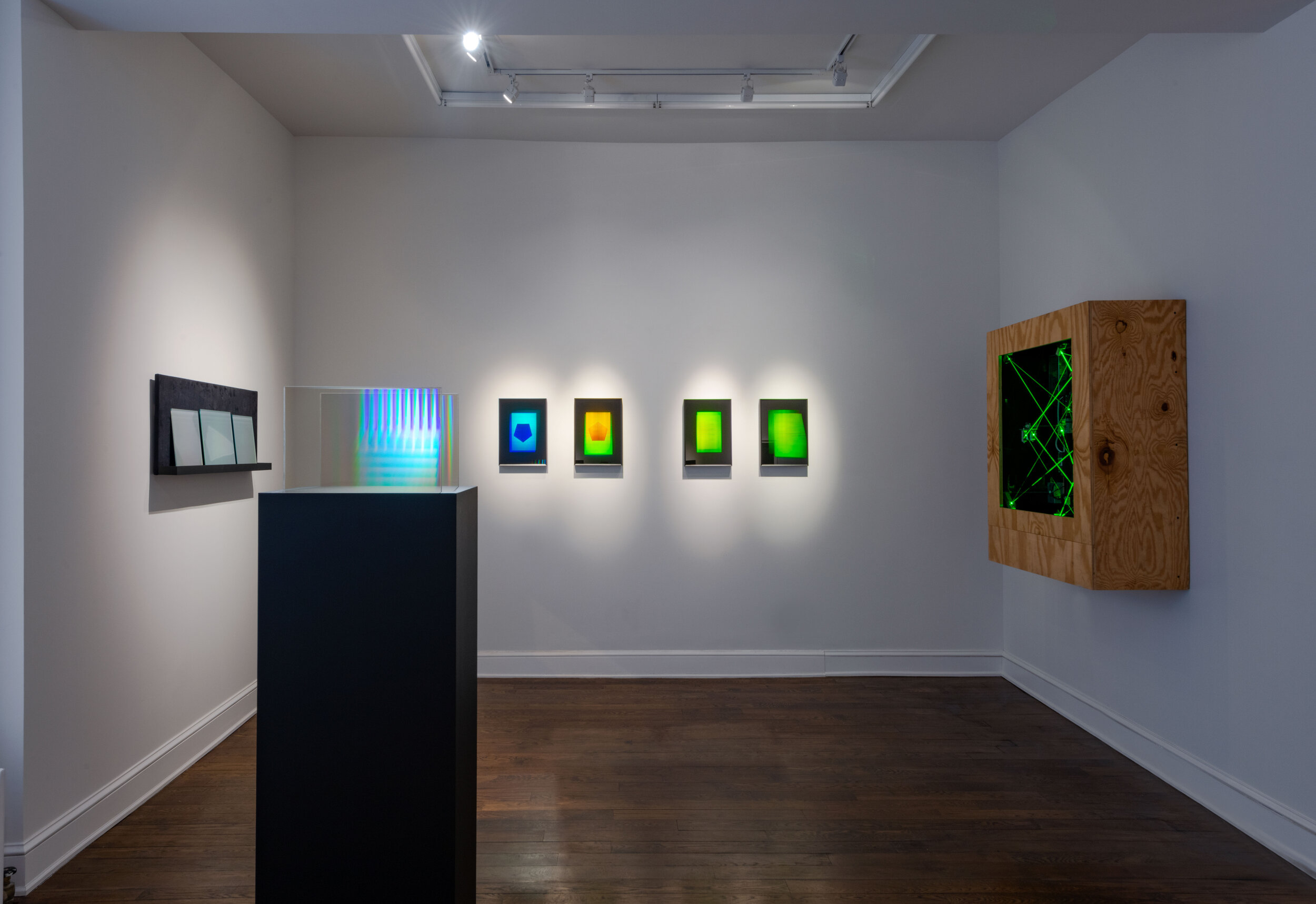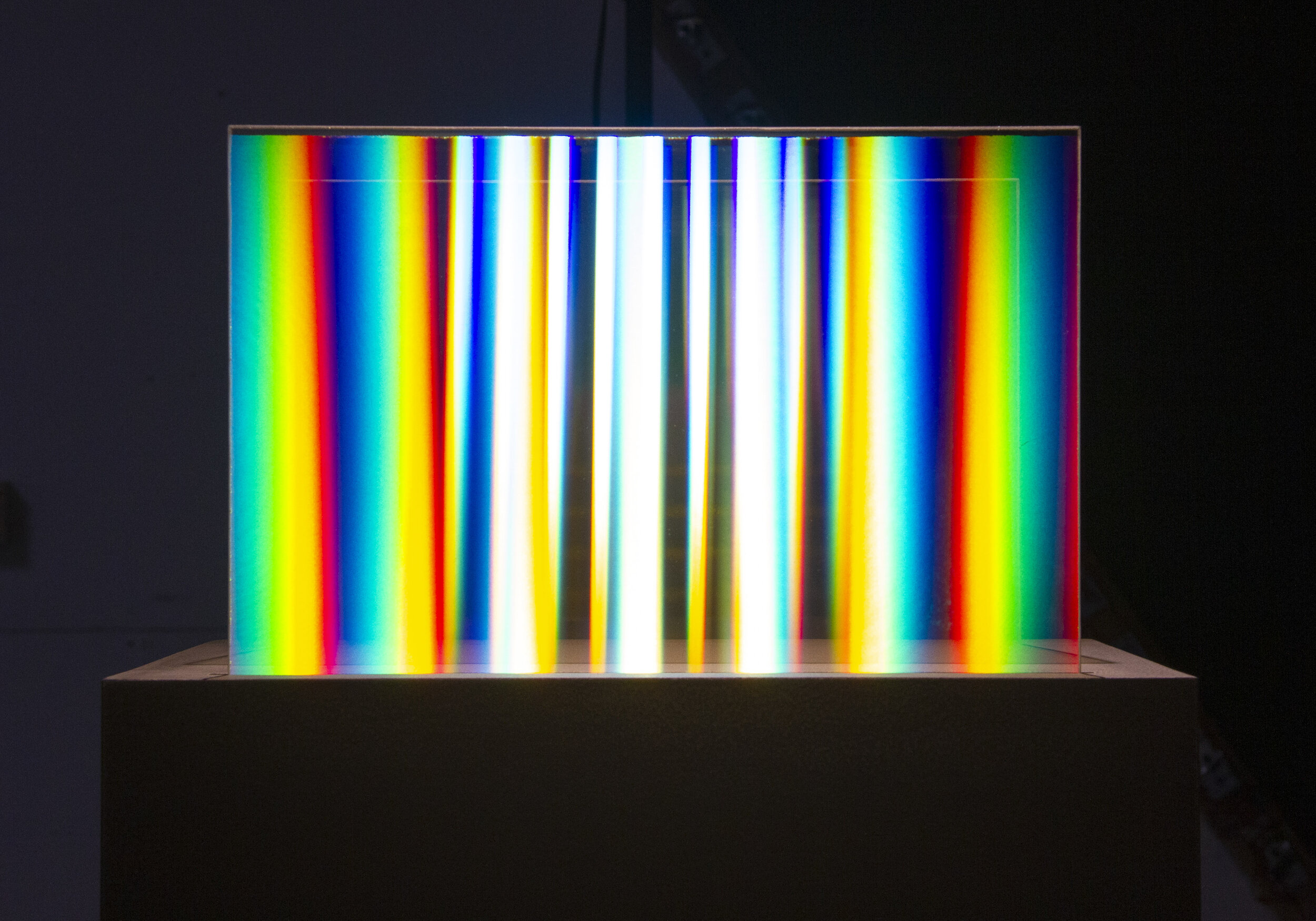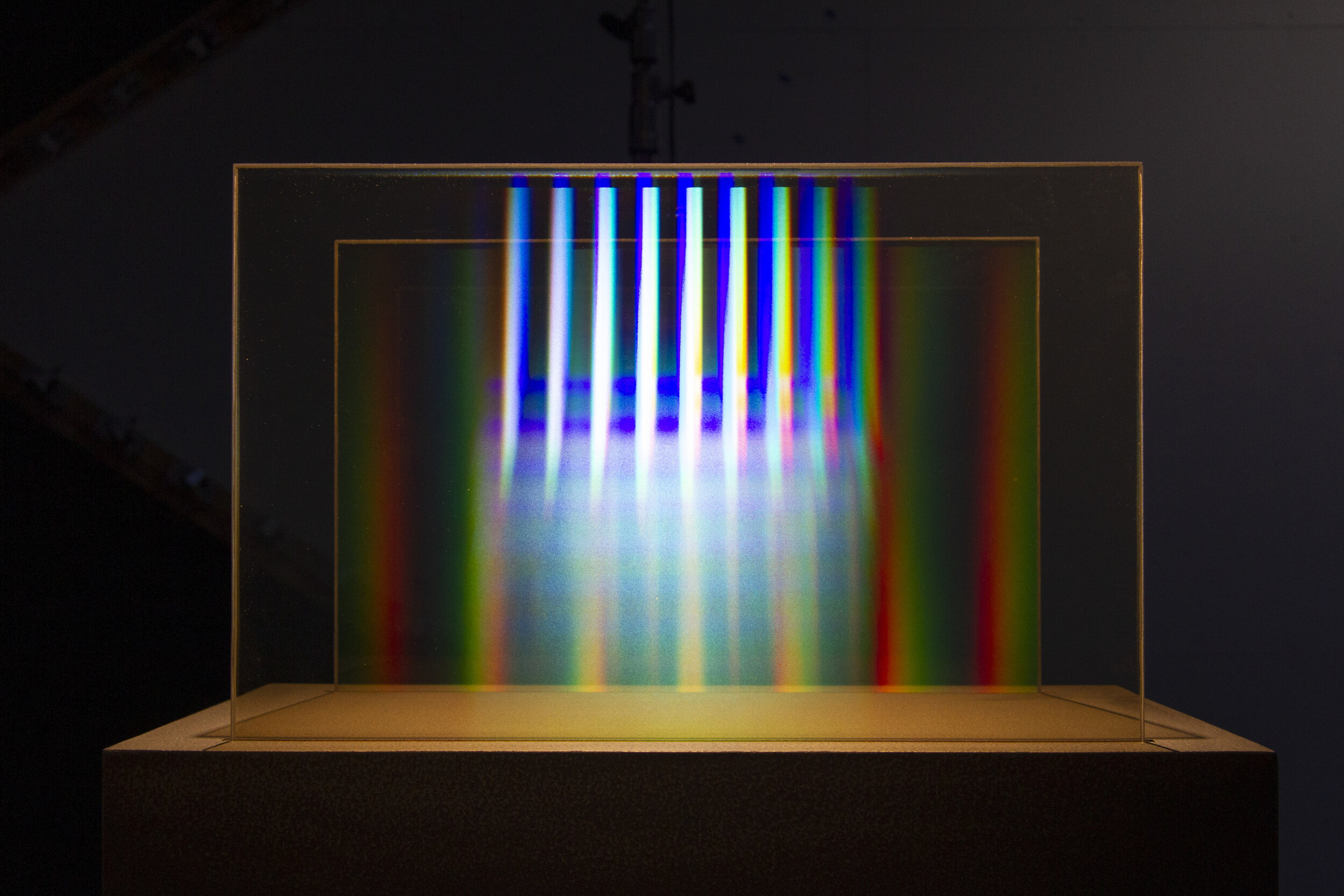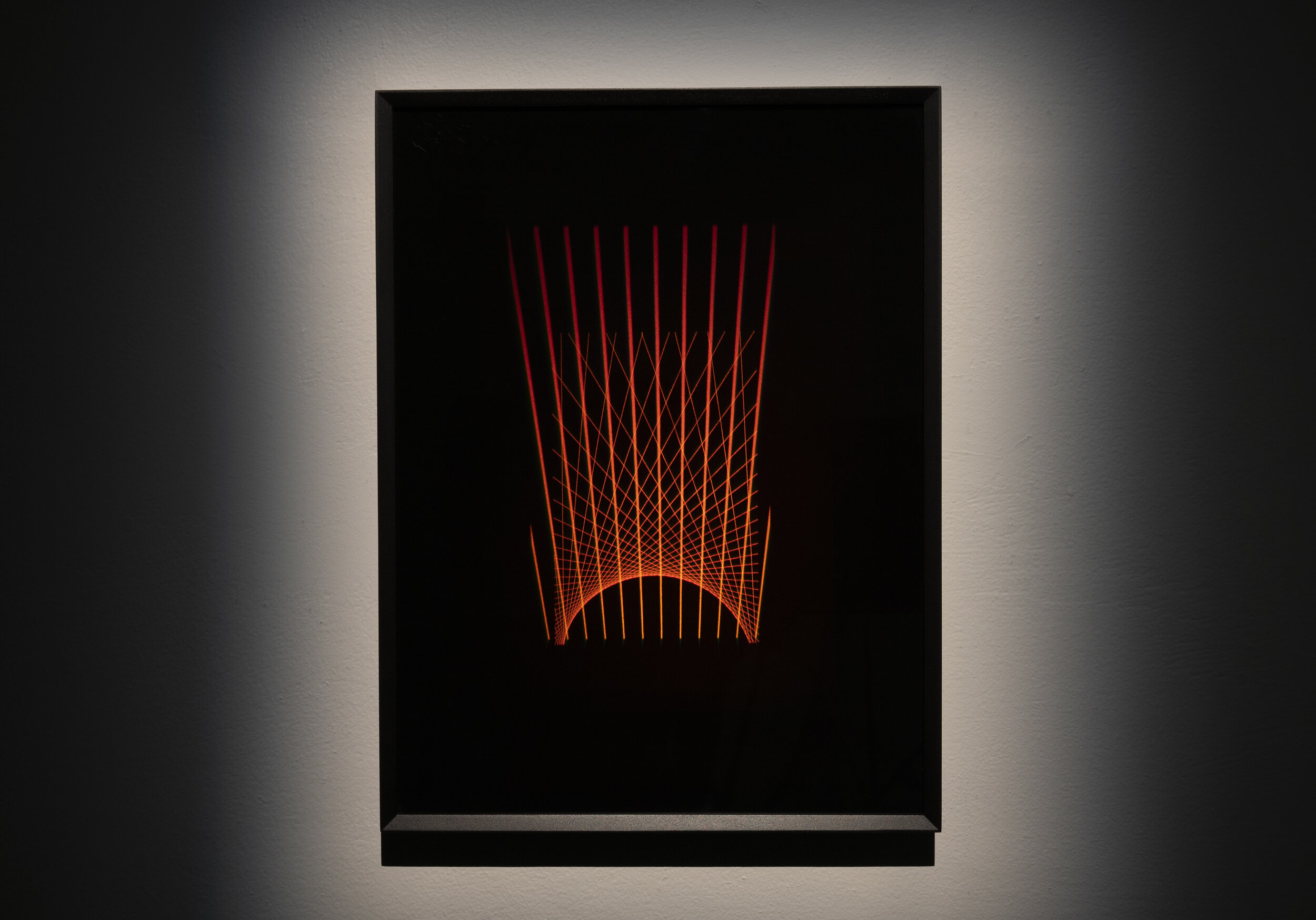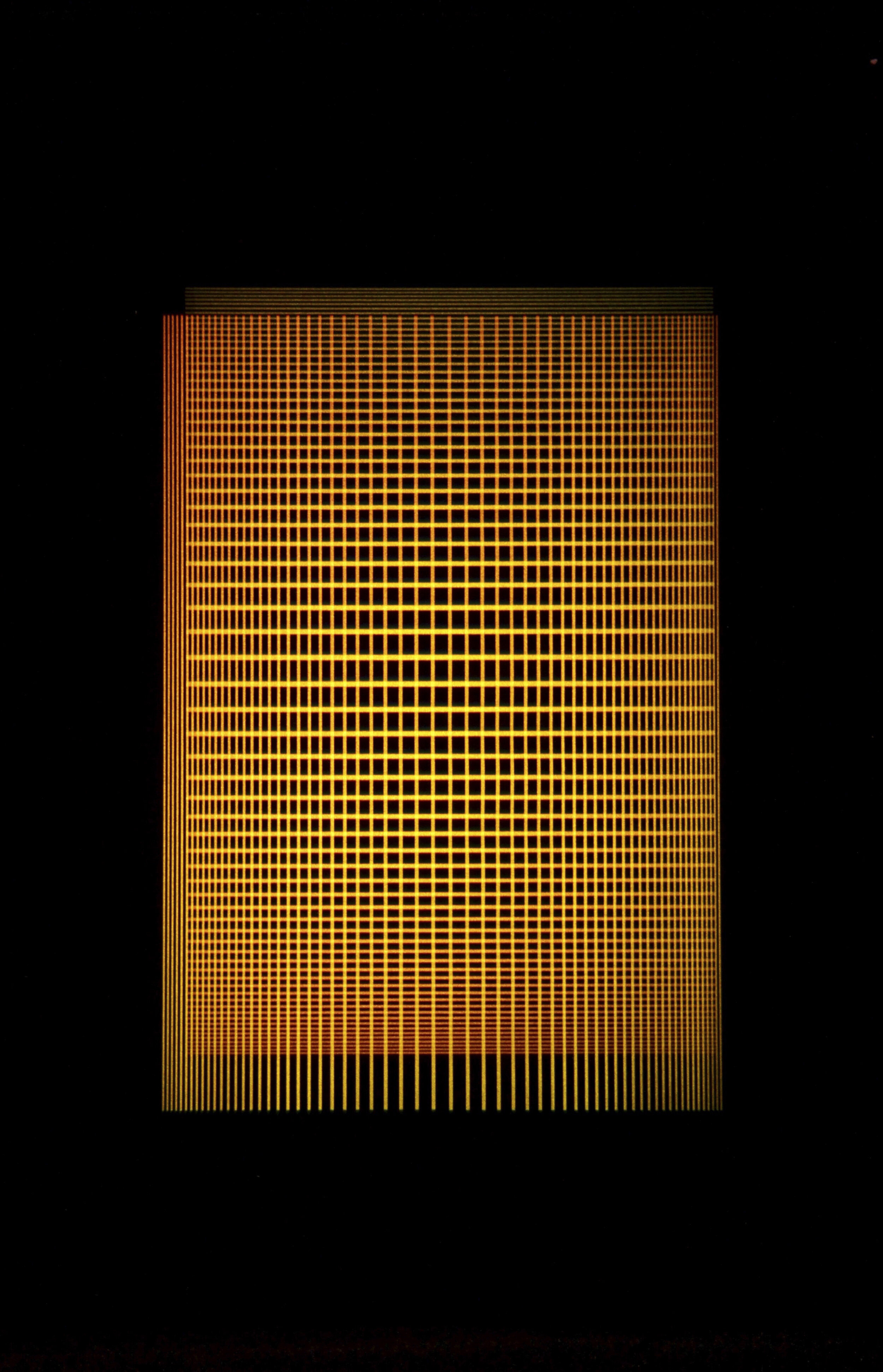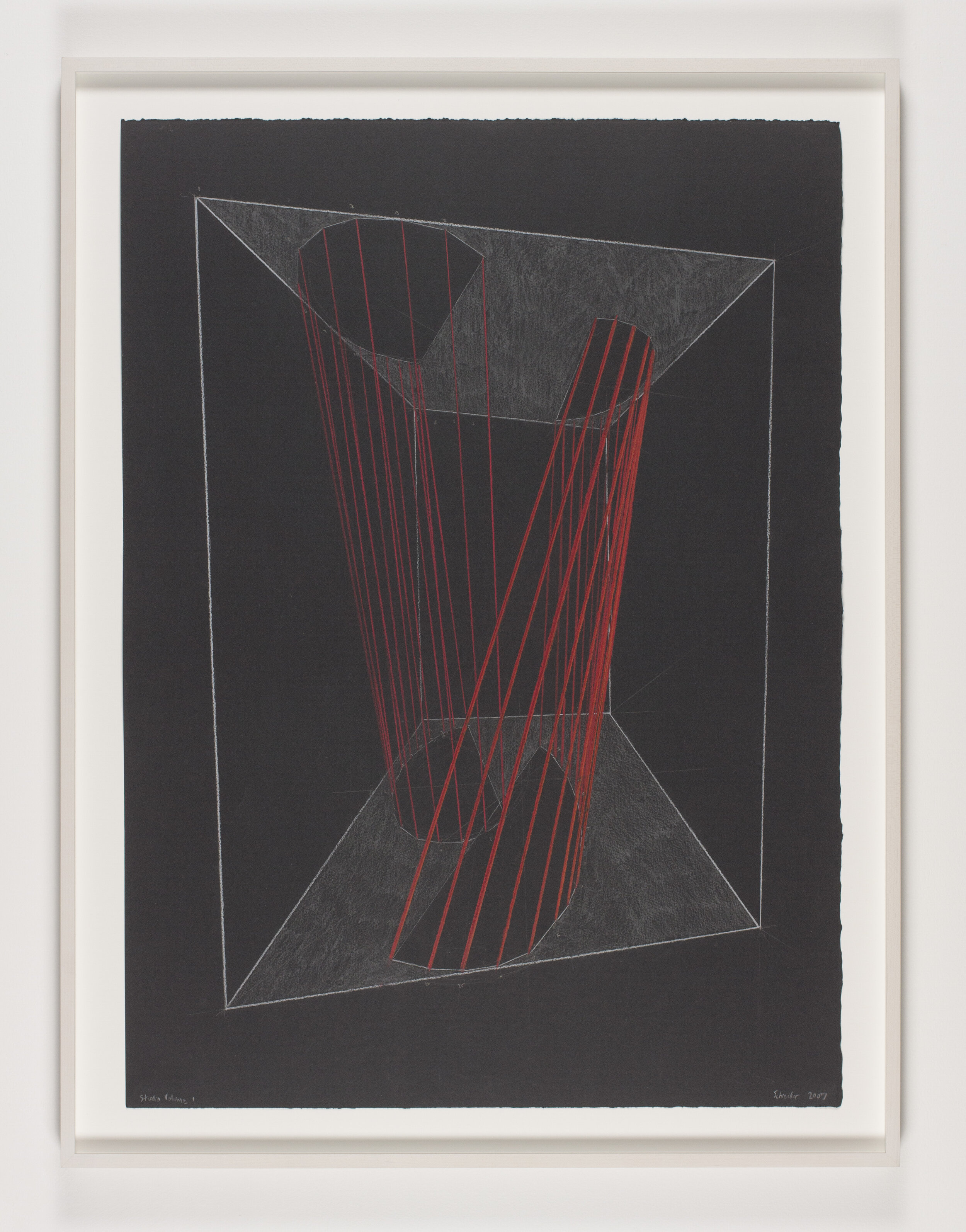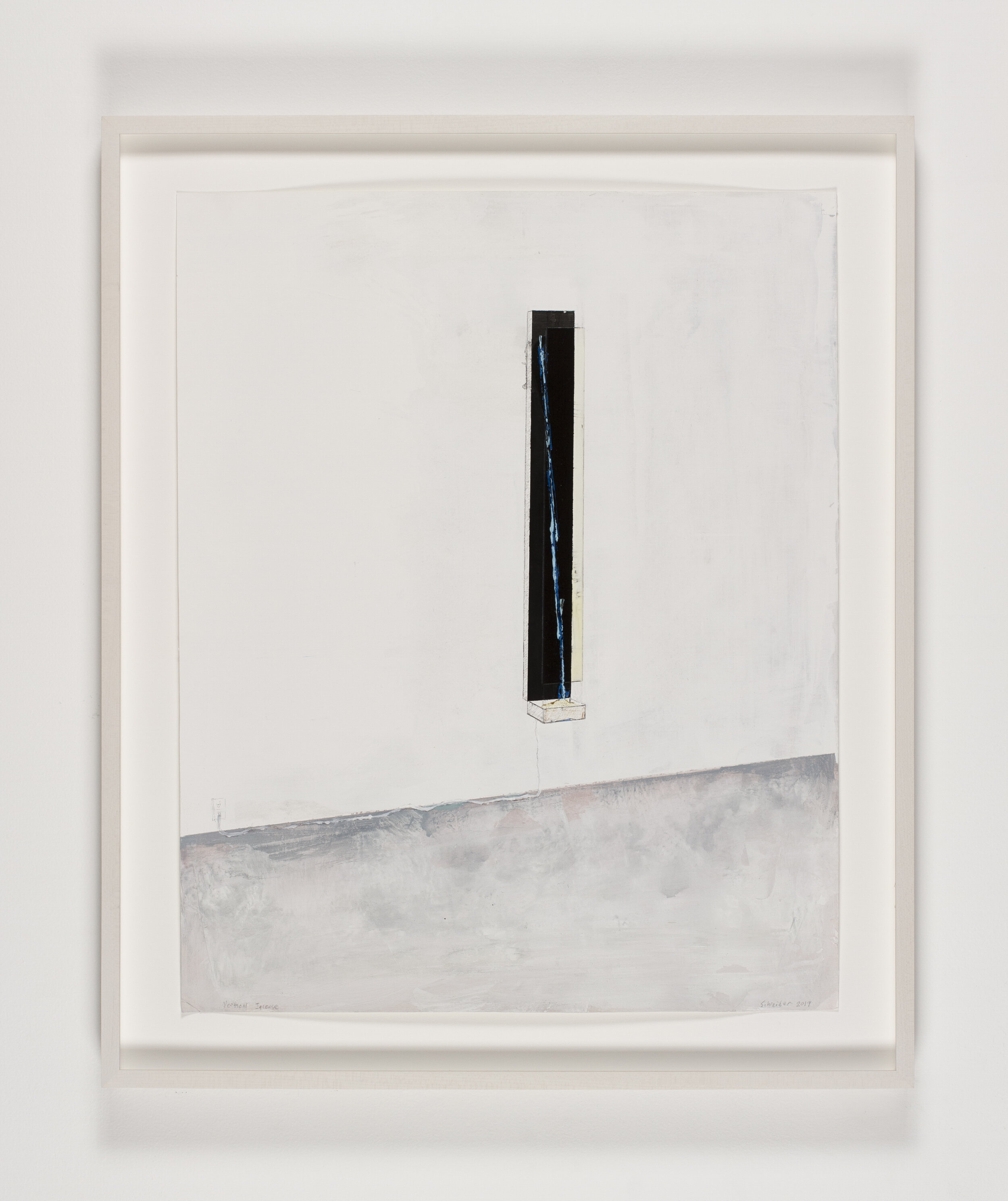Incense and Holograms 2019
Reflection and Transmission Holograms, Incense Laser Sculpture, and works on Paper.
Johannes Vogt Gallery, New York, NY
Schreiber’s second solo show with Johannes Vogt Gallery.
Please review an essay by Caroline Maxwell below.
FROM SPECTACLE TO SOUVENIR
Matthew Schreiber’s Recent Explorations in Light, Lasers, and Holography By Caroline Maxwell
The roller coasters of Cedar Point and blacklight posters of Spencer’s Gifts cultivated a familiar childhood fascination for Matthew Schreiber. From spectacle to souvenir, these early encounters still resonate in his practice today as he explores properties of light and perception. Holograms are often mistaken for a pepper's ghost illusion at Coachella or a lenticular print at a gift shop, but authentic holograms manifest from an interference pattern formed by laser beams. Incense and Holograms, the artist’s second solo exhibition at Johannes Vogt Gallery, nods to his early fascination with novelty through a series of holograms, sculptures, and drawings. The works explore the non- objective physical phenomenon of light, captured within the hologram by lasers and expanded on a monumental scale in his sculptures.
While holograms represent an important and autonomous body of work within Schreiber’s oeuvre, juxtaposing them to his large-scale laser light installations, such as Gemini (2018), proves particularly insightful. In 2017 and 2018, Schreiber exhibited three site-responsive laser sculptures at festivals around the world that were collectively encountered by over 400,000 people. In a festival context, lasers are typically experienced in a mediated and disconnected space with rapid motion, loud music, and congested crowds. By pausing the lasers and framing the spectacle, Schreiber’s sculptures create a meditative environment where the viewer can explore the volume of space through a physical engagement with the material of light itself. By utilizing spectacle as a vehicle for substance, the artist creates an engrossing but contemplative space that incites the viewer to engage and inquire.
The roots of a contemporary festival can be traced back to rituals ranging from the Cult of Dionysus in Rome to Shintō rituals in Japan. At their core, these communal events celebrated liminal phases of being — a physiological or psychological threshold in transition. The embodiment of these states commemorated rites of passage, seasonal transitions, or calls to the unseen and were commonly channeled through religious architecture or sacred sculptures as conduits for the gods. Over time, the valorization of these ancient monuments began to be fetishized, exoticized, and commodified through souvenirs purchased in gift shops. With the proliferation of branded immersion and selfie culture at both festivals and art fairs, the space between sacred experience as embodiment and sacred experience as commodity remains in constant negotiation.
It is through this lens that Schreiber’s laser sculptures hold a mirror to the contemporary spectacle. As a medium, lasers have an immediate level of sensationalism attached to them through pop cultural associations with sci-fi movies, computer simulations, and live concerts. In Schreiber’s work, the static beams create a silent stillness that is both alien and mesmeric. As the viewer encircles and engages the work, the precise lines morph, bend, compensate, and create illusions that amplify the volume of space and reflect upon sacred geometry and religious architecture. They evoke a liminal space between the tangible and intangible, the seen and unseen, that ritual practices have explored for centuries.
Schreiber’s Incense Burner Prototype 3 (2019) playfully interjects festival aesthetics into the gallery context and provides a cheeky glimpse of his large-scale laser work. The piece must be attended to in a ritualistic fashion by gallery staff, who electrify the sculpture and light incense to illuminate the static laser beams within the piece. Schreiber perceives this work as a starting point or an incantation required before entering into the holographic pieces within Incense and Holograms. The drawings Studio Volume 1 (2007) and Leviathan (2018) reveal the geometry that underlies his monumental sculptures.
In his latest holographic work, Orders of Light (2019), light is multiplied and stretched as you approach the piece. This new technical process is a culmination of research and experimentation into the fundamental nature of light waves. In Untitled.tol (2009), an earlier group of holograms, Schreiber has recorded laser light through the distortions of a glass ashtray, as in the film Text of Light by Stan Brakhage — an influence during Schreiber’s work with experimental film in the 1990s. The series of holograms titled Interference (2016) plays on actual physical behaviors inherent in the holographic process while alluding to Op Art or EPCOT trinkets from the 80s. Dual Wraith (2019) further underlines the ephemeral focus of this group of work. Here, the viewer can engage in the sculptural quality of the holographic device containing diffuse traces of light, such as glass or a group of lenses mounted on a pedestal.
Incense and Holograms dissects the language of holography to explore the optical, alchemical and liminal qualities of light. The work amplifies the materiality of the medium, while creating space for dialogue around the contemporary consumption of media and experience. By embracing accessibility and connotations of kitsch, Schreiber’s lasers serve as a recursive mechanism to disrupt mediation, shift perceptions, and open up space for critical thought and introspection. As society grapples with manufactured immersion through means of representation and commodification, the artist creates environments that awaken the viewer by subverting the spectacular.


